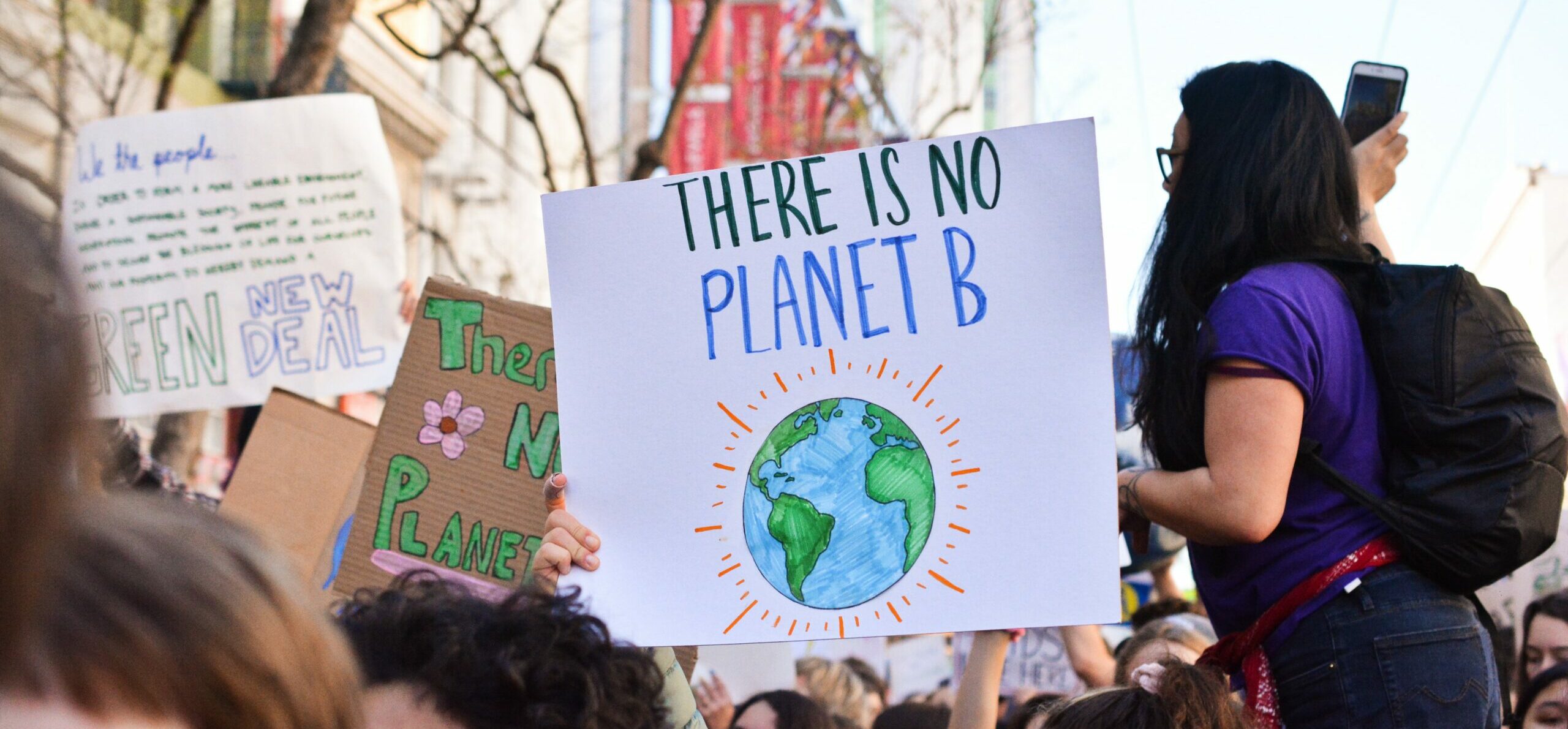With the growing awareness around plastic pollution, you might have heard facts or statements like “in 2050 there will be more plastics than fish in the ocean,” “every year we put 8 million tons of plastic in the ocean” or “there are million times more plastic in the ocean than previously thought.”

Why should we worry about microplastics?
Because we are highly exposed to them through the cosmetics we use and the clothes we wear (amongst other things). We might even be consuming an average of 11,000 tiny pieces of plastics every year through sea-food. If that’s not enough, just by breathing the air in our house, we are estimated to intake between 14.000 and 68.000 microplastic particles a year.
Early research into the effects of microplastics in our body shows some worrying signs, enough for us to start reducing our exposure to them. So, here are 3 reasons why you should worry about microplastics in 2020:
- Microplastics may contains harmful chemicals: They might have an average of 4–7% of chemicals and additives, which include plasticizers, flame retardants and antimicrobial agents that might leach into food, water, and body tissues.
- Additives in microplastics may mess with your hormones: Current research shows that plastic additives such as phthalates and bisphenol A are known carcinogens, endocrine disruptors and that have also been found in human breast milk.
- Tinier microplastics can penetrate further into our body: Smaller the size of a plastic particle that enters our body more it can penetrate further. Depending on the size of the tiny plastic, they may potentially be absorbed by our portal veins, may have access to our organs and transfer through our blood-brain and placental barriers.
How to avoid microplastics?
At this point, you might be thinking: “If microplastics are absolutely everywhere, how can I avoid them?” Plastic is so ubiquitous in our lives that this might be a difficult question to answer. But certainly not impossible! Here are some tips on how you can reduce your exposure to microplastics:
- Use microplastic-free cosmetics and personal care products. If you need inspiration then check out our ‘Zero Plastic Inside’ brands!
- Invest in natural fiber clothes and other materials around the house such as curtains, carpets, and towels. They also contribute to your exposure to tiny plastics. For more suggestions visit the Ocean Clean Wash website!
- Pro tip: Download ‘My Little Plastic Footprint’ app to get more tips to reduce your plastic footprint and learn more about how daily life items might be contributing to plastic pollution.
With the start of the new year, we must try to make our surroundings and our planet plastic-free. Let’s continue this fight in 2020!
You might also like:
→ European ban on microplastics must be stricter
→ Denial Is Not An Option Anymore: Reflections On The Plastic Health Summit
→ Sign this petition and ask the EU to ban microplastics in cosmetics

